4-METHYLESCULETIN
- CAS NO.:529-84-0
- Empirical Formula: C10H8O4
- Molecular Weight: 192.17
- MDL number: MFCD00006859
- EINECS: 208-470-0
- SAFETY DATA SHEET (SDS)
- Update Date: 2025-12-22 18:23:36
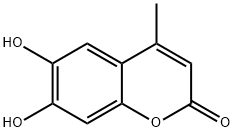
What is 4-METHYLESCULETIN?
Chemical properties
GREY POWDER
The Uses of 4-METHYLESCULETIN
6,7-Dihydroxy-4-methylcoumarin is suitable as a pH-indicator.
What are the applications of Application
6,7-Dihydroxy-4-methylcoumarin is a product suitable as a pH-indicator
Definition
ChEBI: 6,7-dihydroxy-4-methylcoumarin is a hydroxycoumarin that is 4-methylcuomarin which is substituted by hydroxy groups at positions 3 and 4. A hyaluronan synthesis inhibitor. It has also been used as a fluorescent sensor to monitor the consumption of a boronic acid in Suzuki coupling reactions; fluorescence is readily detectable by the naked eye using a standard 365 nm UV lamp. It has a role as a hyaluronan synthesis inhibitor, an antioxidant and an anti-inflammatory agent.
Properties of 4-METHYLESCULETIN
| Melting point: | 274-276 °C(lit.) |
| Boiling point: | 248.14°C (rough estimate) |
| Density | 1.0825 (rough estimate) |
| refractive index | 1.4440 (estimate) |
| storage temp. | Sealed in dry,2-8°C |
| solubility | DMF: soluble |
| form | powder |
| pka | 8.72(at 25℃) |
| color | Light brown |
| PH Range | Colorless (4.0) to blue 1 uorescent (6.2) |
| λmax | 348nm, 292nm |
| BRN | 162550 |
| Major Application | Electroluminescent device, photoresists, photography, analytical reagent, cosmetics, hair dye, shampoo, antioxidant, hypotensive agent, antiimfiammatroy agent, antiviral agent, multidrug resistance (MDR) modulator, inhibitory effect onmelanin biosynthesis, protective agent against DNA damage, antimutagenic agent, detection of tumor cell-specific cytotoxicity, antiproliferative againt against cancer cells, analysis of human pancreatice cancer cell activity, chondroprotective agent |
| CAS DataBase Reference | 529-84-0(CAS DataBase Reference) |
| EPA Substance Registry System | 4-Methylesculetin (529-84-0) |
Safety information for 4-METHYLESCULETIN
| Signal word | Warning |
| Pictogram(s) |
 Exclamation Mark Irritant GHS07 |
| GHS Hazard Statements |
H303:Acute toxicity,oral H315:Skin corrosion/irritation H319:Serious eye damage/eye irritation H335:Specific target organ toxicity, single exposure;Respiratory tract irritation |
| Precautionary Statement Codes |
P261:Avoid breathing dust/fume/gas/mist/vapours/spray. P304+P340:IF INHALED: Remove victim to fresh air and Keep at rest in a position comfortable for breathing. P305+P351+P338:IF IN EYES: Rinse cautiously with water for several minutes. Remove contact lenses, if present and easy to do. Continuerinsing. P405:Store locked up. |
Computed Descriptors for 4-METHYLESCULETIN
New Products
4,4-Difluoropiperidine hydrochloride tert-butyl 9-methoxy-3-azaspiro[5.5]undecane-3-carboxylate Indole Methyl Resin N-Isopropylurea N,N-Dicyclohexylcarbodiimide(DCC) MELDRUMS ACID 5-METHYLISOXAZOLE-4-CARBOXYLIC ACID Magnessium Bis glycinate Zinc ascorbate 1-bromo-2-butyne 2-acetamidophenol 9(10H)-anthracenone Erythrosin B, 4-Piperidinopiperidine 2-((4-morpholinophenylamino) (methylthio) methylene) malononitrile 2,4-dihydroxybenzaldehyde 3-(4-morpholinophenylamino)-5-amino-1H-pyrazole-4-carbonitrile Methyl 2-methylquinoline-6-carboxylate 2,6-dichloro-4-nitropyridine 4-Bromo-2-chlorobenzonitrile 2-(benzylamino)acetic acid hydrochloride 4-(tert-Butoxycarbonylamino)but- 2-ynoic acid 3,4-dihydro-2H-benzo[b][1,4]dioxepine 1-Phenyl-1-cycloprppanecarboxylicacidRelated products of tetrahydrofuran
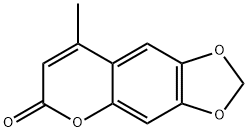
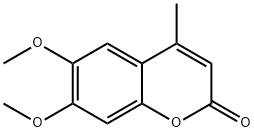

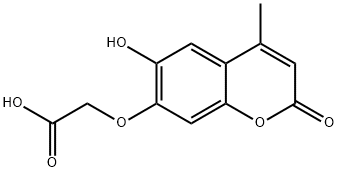
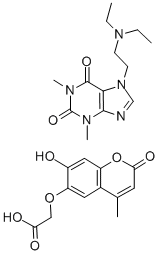

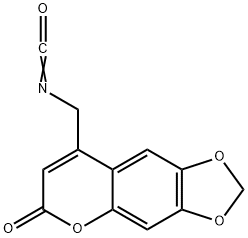

You may like
-
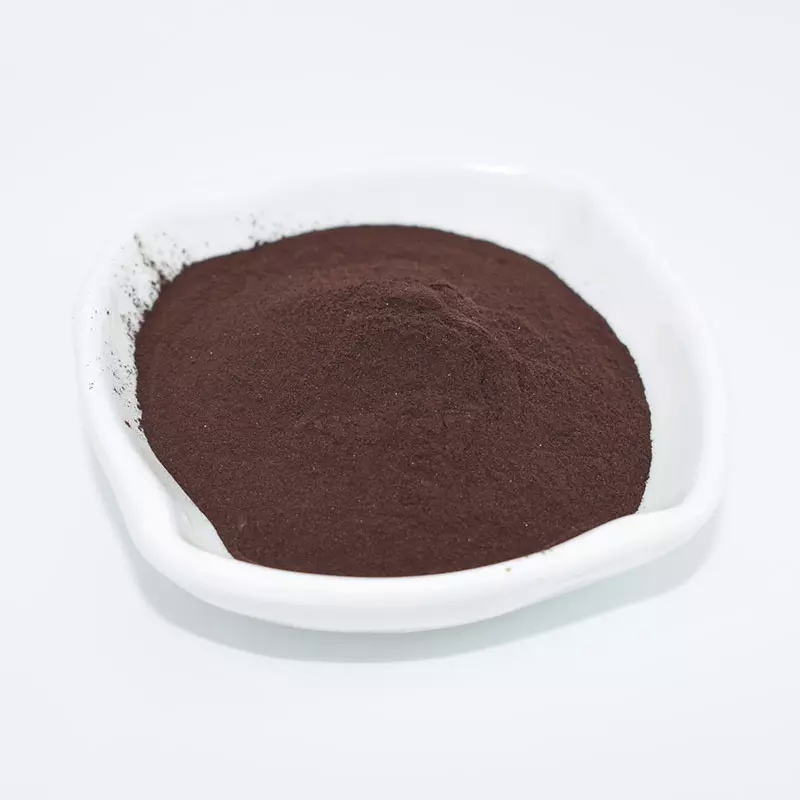 529-84-0 6,7- Dihydroxy -4- methyl coumarin (or ) 4-Methylesculetin 98%View Details
529-84-0 6,7- Dihydroxy -4- methyl coumarin (or ) 4-Methylesculetin 98%View Details
529-84-0 -
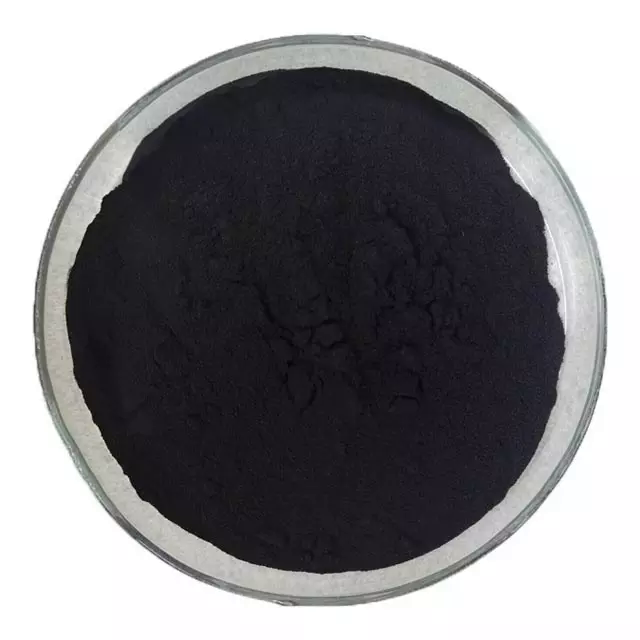 529-84-0 99%View Details
529-84-0 99%View Details
529-84-0 -
 4-Methylesculetin CAS 529-84-0View Details
4-Methylesculetin CAS 529-84-0View Details
529-84-0 -
 3-(4-amino-1-oxoisoindolin-2-yl)-1-methylpiperidine-2,6-dione 98%View Details
3-(4-amino-1-oxoisoindolin-2-yl)-1-methylpiperidine-2,6-dione 98%View Details -
 20677-73-0 (2,2-diethoxyethyl)methylamine 98%View Details
20677-73-0 (2,2-diethoxyethyl)methylamine 98%View Details
20677-73-0 -
 3-(4-(hydroxyamino)-1-oxoisoindolin-2-yl)piperidine-2,6-dione 98%View Details
3-(4-(hydroxyamino)-1-oxoisoindolin-2-yl)piperidine-2,6-dione 98%View Details -
 57381-49-4 2-bromo-4-chlorobenzonitrile 98%View Details
57381-49-4 2-bromo-4-chlorobenzonitrile 98%View Details
57381-49-4 -
 4,6-dichloropyrimidine-5-carbaldehyde 98%View Details
4,6-dichloropyrimidine-5-carbaldehyde 98%View Details
5305-40-8
Statement: All products displayed on this website are only used for non medical purposes such as industrial applications or scientific research, and cannot be used for clinical diagnosis or treatment of humans or animals. They are not medicinal or edible.
